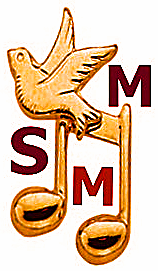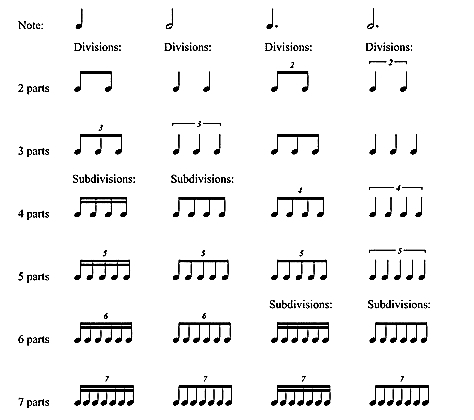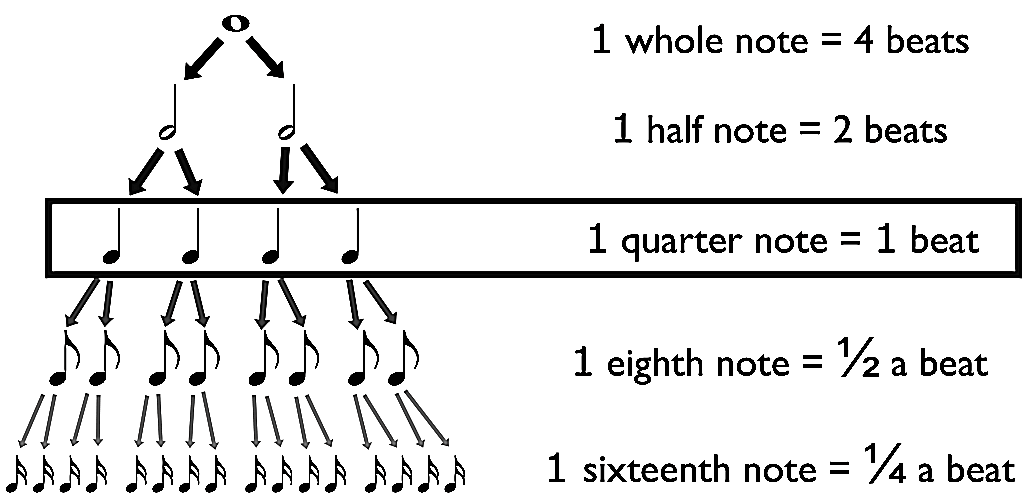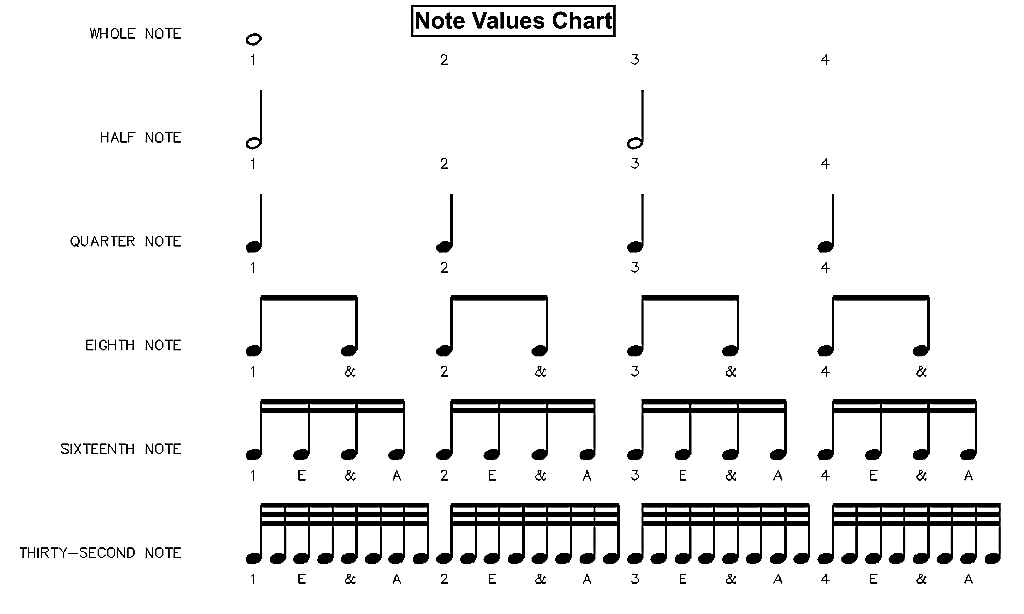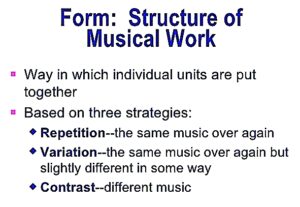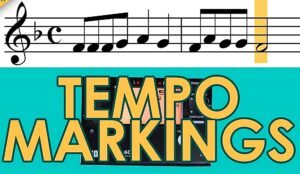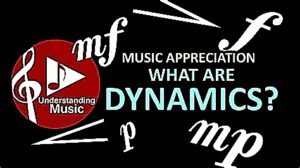Drums – Notation – BT6 – Swung, Rounded, or Ternary Notation Rhythms
Note: On your phone, PDF documents may only open if you choose the “Save, Replace, or Keep Both” option and then it will be downloaded and notify you of this on the top of your screen. Open it there or in your Downloads folder and it will give you the option to Open with Adobe Acrobat, Drive, or some other PDF app you have installed on your phone. If you watch the associated video, it will open in another tab/window so that you can easily bounce back & forth between the PDF doc and the video. If your screen is big enough you can even arrange the windows next to each other!
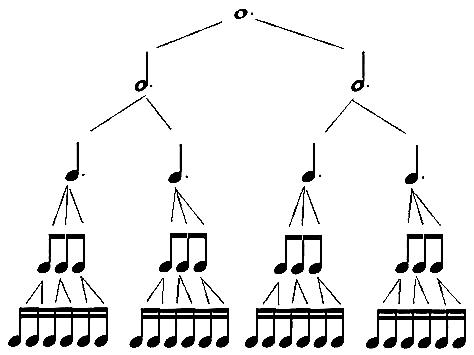
How Ternary Rhythms (3, 6, 9, etc. parts) relate to Binary Rhythms (2, 4, 8, etc. parts) and other artificial Tuplets (5, 7, etc. parts):
PDF doc: Counting artificially-notated “Tuplets” (Duplets, Triplets, Quadruplets, Pentuplets/Quintuplets, Sextuplets, etc.) – While you watch Video
“Swung-Time” Rhythm Charts:
Drummers can play these charts on snare drum only to improve their reading and concert band/orchestra skills!
Drummers can play them as drum-set fills around their kit.
Drummers can play them as crashes + bass drum, as if they were Big Band ensemble figure “kicks”, optionally adding setup fills – see Rhythmic Figures Notation & Interpretation.
Drummers can play them as accents (see “Accents” Notation above) with one hand as rim shots or rim clicks or as crashes/Time-keeper + bass, while filling-in the other subdivisions on the snare softly as ghost notes, or more loudly around the toms, or both!
Drummers can keep 1-3 limbs playing a steady Time-keeping Ostinato, while playing these charts as a “Melody Line” with a remaining limb (e.g., snare, bass, hi-hat foot, or even Time-keeper hand) – see Melody versus Ostinato while you watch the video.
Drummers can play 1 measure (bar) as a “Call/Question” with one limb (e.g., snare) and then repeat this “Melody Line” as a “Response/Answer” with another limb (e.g., bass) for 1 bar in to create an internal “Dialogue/Conversation,” thus creating a 2-bar phrase. Or “Respond/Answer” by reading a different chart rhythm for the 2nd bar. You can even change what limbs “Call/Question” and what limb will “Respond/Answer.”
Drummers can also play 1/2 bar (counts 1 & 2 columns) of “Call/Question” and “Respond/Answer” with the 2nd half (counts 3 & 4 columns).
Drummers can also play Count 1 column “Call/Question,” Count 2 column “Response/Answer,” Count 3 column “Call/Question,” and finally Count 4 column “Response/Answer.”
Please consider donating to help cover the 100’s of hours required to produce such exhaustive works like this. Thank you!
2/4 March Meter:
3/4 Waltz Meter:
PDF doc: How to apply these charts
4/4 Common Meter:
PDF doc: How to apply these charts
PDF doc: Every combo of 1/8-note Triplet Jerk “e” counts with the 1/4-note counts for charts 1-17
PDF doc: Another version to play with a Swing Time-Keeping beat (on top)
PDF doc: Every combo 1/8-note Triplet “Lazy “a” counts with the 1/4-note counts for charts 498-514
PDF doc: Another version to play with a Swing Time-Keeping beat (on top)
PDF doc: Another version to play with a Swing Time-Keeping beat (on top)
5/4 Odd Meter:
PDF doc: Every combo of 1/8-note Triplet Jerk “e” counts with the 1/4-note counts for charts 1-33
PDF doc: Every combo of 1/8-note Triplet Lazy “a” counts with the 1/4-note counts for charts 34-66
PDF doc: Every combo of 1/8-note Triplet “e a” counts with the 1/4-note counts for charts 67-99
To get other combos, use the 2/4 March Meter and 3/4 Waltz Meter charts and combine them together for (2-3) or (3-2) phrasing.
6/4 Afro Meter:
PDF doc: How to apply these charts
PDF doc: Every combo of 1/8-note Triplet Jerk “e” counts with the 1/4-note counts for charts 1-64
PDF doc: Every combo of 1/8-note Triplet Lazy “a” counts with the 1/4-note counts for charts 65-128
PDF doc: Every combo of 1/8-note Triplet “e a” counts with the 1/4-note counts for charts 129-192
To get other combos, combine the 2/4 March Meter charts for (2-2-2) phrasing or use the 2/4 March Meter and 4/4 Common Meter charts for (2-4) or (4-2) phrasing, or use the 3/4 Waltz Meter charts for (3-3) phrasing.
7/4 Odd Meter:
PDF doc: How to apply these charts
PDF doc: Every combo of 1/8-note Triplet Jerk “e” counts with the 1/4-note counts for charts 1-129
PDF doc: Every combo of 1/8-note Triplet Lazy “a” counts with the 1/4-note counts for charts 130-258
PDF doc: Every combo of 1/8-note Triplet “e a” counts with the 1/4-note counts for charts 259-387
To get other combos, combine the 2/4 March Meter and 5/4 Odd Meter charts for (2-5) or (5-2) phrasing or combine the 3/4 Waltz Meter and 4/4 Common Meter charts for (3-4) or (4-3) phrasing.
